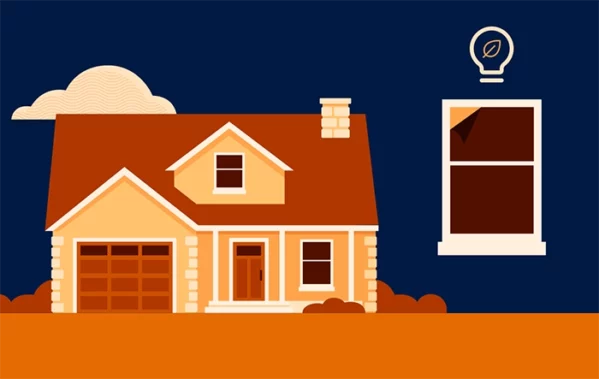Economic and industry news or trends
The construction industry is paving the way for wearable tech
Safety on construction sites is vital. As I mention on my website LipsigBronx.com, construction workers suffer injuries on the job every day and that certainly leaves room to find innovative ways that enhance safety on job sites. This is where wearable technology comes in. The construction industry used to have a reputation for avoiding new technology at all costs. But when construction company owners saw what improved technology on cranes and other equipment could do to improve safety and productivity, that sparked a wave of innovation that is picking up speed very quickly.
The newest concept to make waves in the construction industry is wearable technology. Insurance companies, construction executives, workers, and legal experts are all anxious to see what can be done with wearable technology in the coming months and years.
What Can Wearable Technology Do For Construction?
Prevent Injuries
There is no technology that can accurately predict when an injury will occur, but wearable technology is already being used to prevent recurring injuries. By wearing vests specially outfitted with new technology, workers send data to company safety managers who identify ways in which the workers are opening up the potential for long-term injuries. A jackhammer operator who is not holding his hammer at the right angle can be immediately corrected and be saved from years of excruciating back pain.
Display Project Changes
The new hard hats that are being developed do more than just protect workers from devastating head injuries. The latest hardhats can send back critical medical data that can let project managers know when a worker is in danger of a medical episode.
These hard hats also contain special visors that allow project supervisors to see changes in a project instead of guessing what the results will be. For example, if the architect changes the way a part of a project is built, then that information can be sent to the project supervisor’s helmet and projected onto the job site through the new visors.
Keep Insurance Companies Happy
The new technology can help to pay for itself by sending data back to insurance companies that tell how workers are doing with safety and proper work habits. A vest with medical sensors can let insurance companies see how workers are doing their jobs, and then the insurance companies can alert the project supervisors to changes that can be made to improve worker health.
Worker health and safety are two significant concerns with wearable technology, and the ability to see how workers are improving their working conditions can help construction companies to lower their medical and liability insurance premiums.
Repurpose Existing Equipment
One of the ways that technology developers are getting construction executives interested in wearable technology is by not creating anything new that workers would have to wear. For example, a safety vest is a common piece of construction equipment, but it can also contain small cameras and GPS equipment to help track workers if they get lost on a work site and to see how a worker was injured.
The large majority of wearable technology being introduced is in the form of safety glasses, vests, and hard hats that are already part of a worker’s everyday routine. With this technology, a company can track productivity trends and see real-time project progress without asking workers to wear anything new or too out of the ordinary.
How Much Will It All Cost?
When you introduce new technology to a construction executive, you may get a positive response to the potential of the device to improve working conditions. However, it is extremely difficult to get construction companies to actually invest in new technology. While wearable technology has already proven to be valuable on a job site, most construction companies are willing to stick to the old methods of doing things until the price tag for the technology drops.
It may not be long before every construction worker has location tracking devices on them and medical status sensors that give constant updates to experts in the main office. Wearable technology allows companies to monitor work progress anywhere in the world, and it allows project supervisors to see things and gather data they could never gather before. It may take some time to get this technology to become a common part of the construction industry, but the time is definitely coming.
Author Bio:
Tom Moverman established the Lipsig Firm with Harry Lipsig and his partners in 1989. The firm’s focus is in products liability, personal injury, construction accidents, car accidents and medical malpractice.

Bathroom design trends in 2024
With life being so fast-paced, bathroom designs are embracing the concept of personal sanctuaries. Here are the latest bathroom design trends for 2024.

How window tinting can increase energy efficiency in new builds
Here are five reasons why home window tinting is becoming an increasingly popular choice for and energy-conscious enhancement on new builds.

The 2024 housing market outlook
In this 2024 construction industry update, Buildertrend’s in-house expert shares insight into the lock-in effect, interest rates and the labor shortage.
Want to contribute to our blog?
We believe in building a community for construction – sharing is a big part of that. If you have industry expertise or a story to tell, your voice can reach thousands here.
